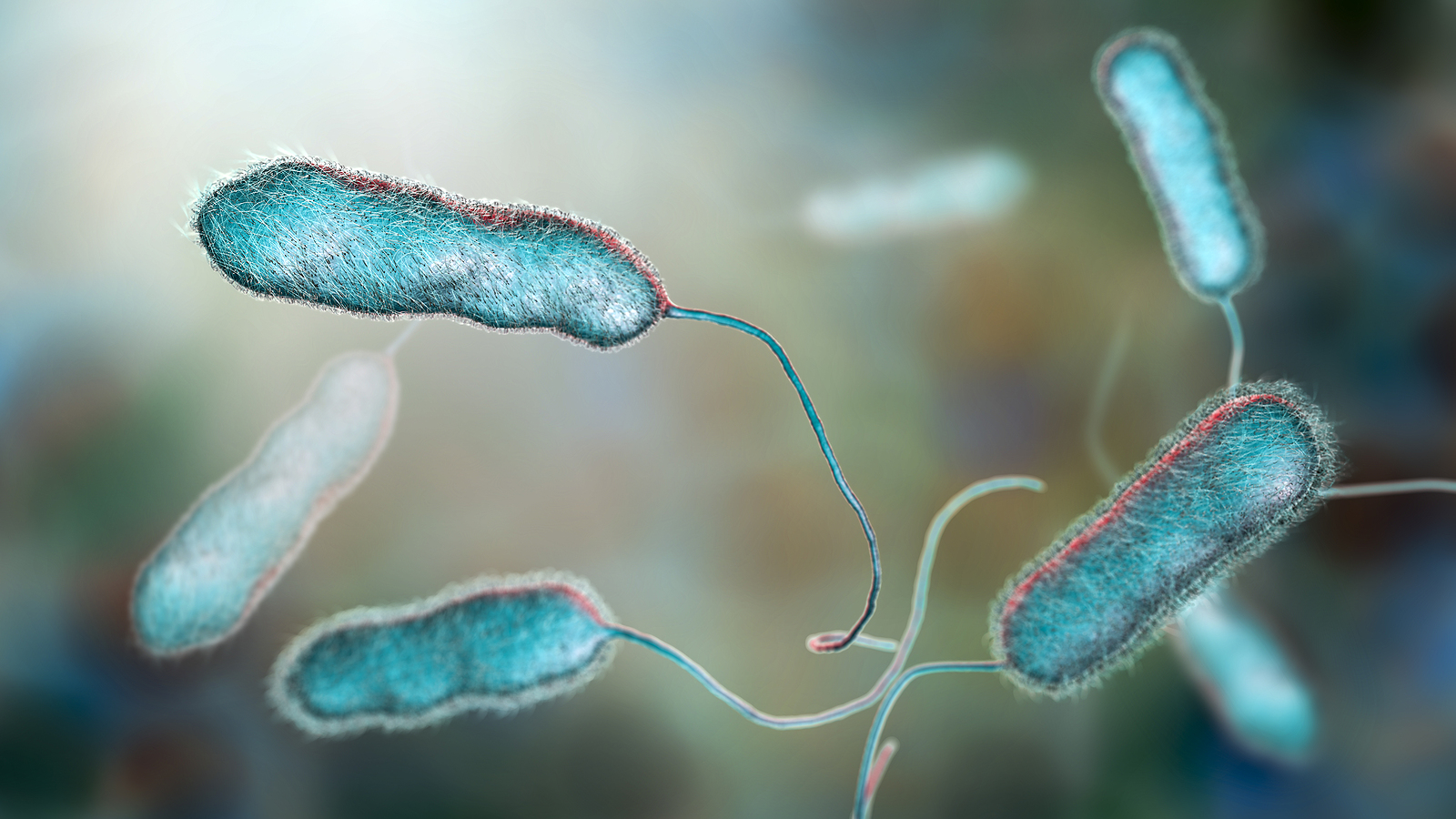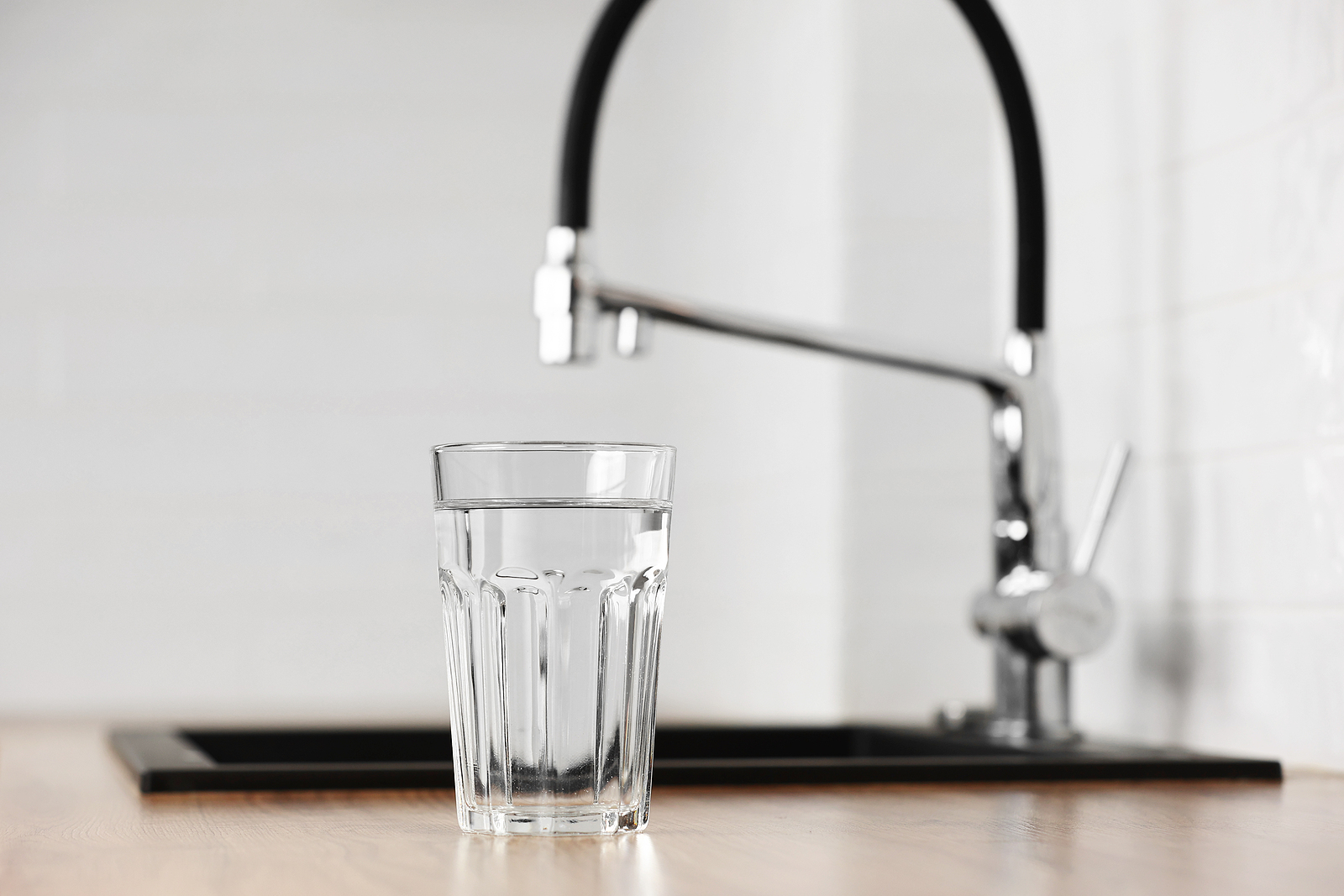Understanding Legionella
Why Legionella Is a Looming Threat in the UK
Dive into the critical world of Legionella control with Guardian Hygiene Services. As go-to experts on all things Legionella, we shed light here on the hidden dangers of this water-borne bacteria, pinpointing high-risk systems and detailing how it affects you.
According to Public Health England (PHE), there were 503 confirmed cases of Legionnaires’ disease in England and Wales in 2019. This is an average of almost 10 cases per week. The majority of cases (75-80%) occur in people over the age of 50 and men are more likely to be affected than women.
The true number of cases of Legionnaires’ disease in the UK is likely to be higher than the reported number, as the disease can be difficult to diagnose. It is estimated that there are around 4,000-6,000 cases of Legionnaires’ disease in the UK each year.
With our guidance, you’ll be equipped to implement effective prevention strategies, no matter your sector. Take the first step toward a safer environment and educate yourself on the threats that this bacteria holds.
Request a quote
What is Legionella?
Legionella is a water-borne bacteria responsible for a range of potentially fatal illnesses known collectively as legionellosis. The most severe manifestation of this bacterial infection is Legionnaires’ Disease, a potentially life-threatening form of pneumonia.
- What it is: Legionella is a bacteria commonly found in natural freshwater sources like lakes and streams.
- Where it Grows: The bacteria thrive in soil and water environments. It becomes problematic when it multiplies in man-made water systems such as cooling towers, hot tubs, and plumbing systems.
- Diseases Caused: It’s responsible for Legionnaires’ disease, a severe form of pneumonia, and Pontiac fever, a milder illness.
- Transmission: The bacteria are primarily spread by inhaling contaminated water droplets in the air.
- Symptoms of Legionella: Key legionella symptoms include high fever, chills, cough, and muscle aches.


Where Does Legionella Come From?
Legionella bacteria naturally occur in the environment but rarely form harmful colonies in natural settings. However, they thrive in artificial water systems where conditions are often warmer and more favourable for their growth. When a control or cleaning regime isn’t in place, these bacteria can easily multiply in both hot and cold water systems.
The risk escalates when systems like water jets, sprinklers, evaporators, misters, and showers aerosolise the water, converting it into fine droplets. These droplets can efficiently spread the bacteria, increasing the risk of infection.

High-Risk Groups
The risk of contracting a legionellosis disease has been shown to be greater as age increases. There are, however, some people with a significantly higher risk including:
- Smokers and people with respiratory diseases
- Heavy drinkers
- People with diabetes, heart disease or lung conditions
- Those over 45
- People with kidney disease
- Those with impaired immune systems
How Legionella Colonies Form
For Legionella bacteria to pose a substantial risk to human health, several conditions must be met. These elements create an environment where the bacteria can not only survive but also flourish and become a genuine threat. Here are the key elements:
- Habitat – Specific locations within water systems serve as habitats for Legionella. These include showerheads, sprinkler hoses, taps, and hot water cylinders.
- Food Source – Legionella bacteria feed on organic material present in water systems. This includes sediment, scale, and even other bacteria.
- Warm temperatures – While Legionella can survive in a range of temperatures, they thrive particularly well in conditions between 20°C and 45°C.
- Aerosol Release – The risk amplifies when water systems generate aerosols, or fine water droplets, which can be inhaled.
Understanding these factors is crucial for targeted prevention. Systems that meet these conditions should be prioritised for regular monitoring, cleaning, and disinfection to effectively manage and mitigate the risks associated with Legionella.


Which Water Systems Pose Clear Risks?
Some water systems stand out as high-risk environments where bacteria can thrive. Understanding these systems is essential for effective management:
- Hot Tubs and Pools: The warm water in hot tubs and pools, if not properly disinfected, can serve as a hotbed for Legionella bacteria.
- Shower Heads: Especially those with adjustable temperature settings, can also promote Legionella growth when not regularly cleaned and disinfected.
- Washing Facilities: Shared washing areas, such as communal showers or sinks, can be high-risk if not properly disinfected.
- Cooling Towers: Often used in industrial settings, cooling towers can create warm, humid conditions that are perfect for Legionella growth.
- Plumbing Systems: Older or poorly-maintained plumbing can offer ideal breeding grounds, especially in stagnant water zones like unused pipes or rarely-used taps.
- Humidifiers and Misters: Used in commercial or healthcare settings, these can disperse contaminated water droplets into the air.
- Water Storage Tanks: The water in these tanks can become stagnant and serve as a reservoir for bacteria.
- Medical Equipment: Devices like respiratory machines in healthcare settings that use water can be particularly high-risk if not adequately sterilised.
Being aware of these systems and their associated risks will allow for targeted Legionella prevention strategies; significantly reducing the likelihood of an outbreak. Remember, any hot or cold water system may pose a threat, so it’s essential to maintain a regular testing and monitoring regimen. By staying proactive, you can mitigate risks and create a safer environment for everyone involved.
Take Action Against Legionella Now
Don’t leave your Legionella control to chance. Trust in Guardian Hygiene Services’ accredited expertise to safeguard your water systems. Act today—contact us to learn more and secure your tailored Legionella risk assessment.

Get in touch
Guardian Hygiene Services Ltd
Unit 11, Lincoln Enterprise Park, Newark Road, Lincoln, LN5 9FP.
01522 705 511 | 01522 688 180
01522 705 566

